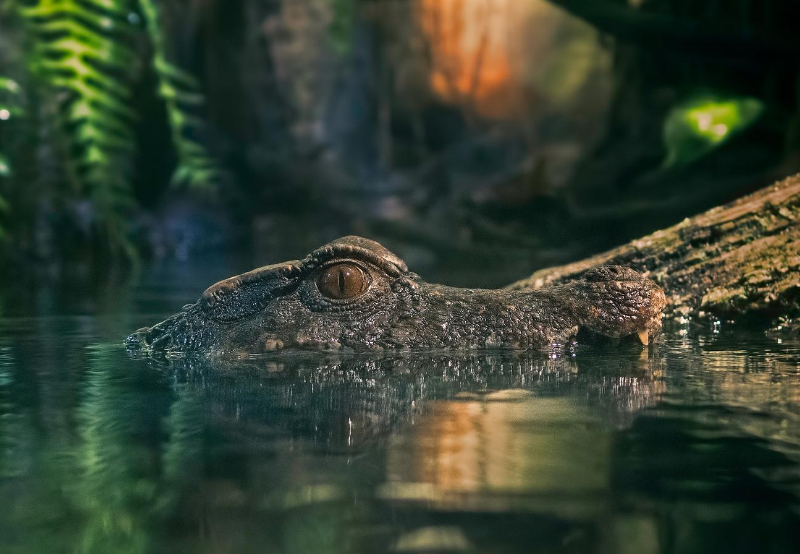In An Experiment in Criticism, C.S. Lewis puts a finger on one of the things I love so much about Tolkien, though Lewis is not specifically talking about his good friend Tolkien’s stories. In the chapter “On Realisms,” Lewis distinguishes between what he calls “realism of presentation” and “realism of content.” Realism of presentation refers to those little concrete details that give the world of a story the textures that make it feel like the world God made. Realism of presentation, writes Lewis, “Is the art of bringing something close to us, making it palpable and vivid, by sharply observed or sharply imagined detail.”
Lewis lists several examples of realism of presentation, but my two favorite are the dragon in Beowulf “sniffing along the stone” and the fairy bakers in a French fairy tale rubbing the paste off their fingers. Neither of those examples are remotely “realistic” in the usual sense. Neither fairy bakers nor dragons exist in the real world. And yet those great little details—the dragon sniffing like a dog and the fairy bakers rubbing their fingers the way regular bakers do—make those fantastical worlds feel palpable and vivid.
“Realism of content,” on the other hand, simply refers to whether or not a story concerns itself with the kinds of things that actually happen in the “real” world where we live and move and have our being. Fantasy and science-fiction stories are low on the “realism of content” scale, whereas police procedurals, family dramas, and Flannery O’Connor stories are higher.
But the two scales operate entirely independently of one another. Some “realistic” stories lack the realism of presentation that makes their supposedly real worlds feel vivid and palpable. The best fantasy and science-fiction stories rank very high on the “realism of presentation” scale. One might suggest, in fact, that good fantasy writers work harder to make their stories “feel” real because they can’t fall back on realism of content.
And, of course, plenty of “realistic” stories are strong on realism of presentation, and plenty of fantasy and science-fiction stories are dreadfully lacking in the concrete details and gestures that make a fictional world feel real. As I said, the two kinds of realism operate independently, neither opposing one another nor depending on one another. Lewis makes the case that there is plenty of great literature that doesn’t strive for realism of presentation. I don’t disagree with his assessment, but most of us aren’t writing great literature, so I recommend that you DO strive for realism of presentation, whether your stories are high or low on the scale of realism of content.
All this reminds me of a quote you may have seen before, from a writer with the mellifluous (if somewhat truncated) name John Rogers:
“There are two novels that can change a bookish fourteen-year old’s life: The Lord of the Rings and Atlas Shrugged [by Ayn Rand]. One is a childish fantasy that often engenders a lifelong obsession with its unbelievable heroes, leading to an emotionally stunted, socially crippled adulthood, unable to deal with the real world. The other, of course, involves orcs.”
Acolytes of Ayn Rand claim to be realists. But there is more than one kind of realism (and, now that I think about it, Ayn Rand’s stories don’t conform to any of them). I’ll give Lewis the last word on unrealistic realisms: “Adults are not deceived by science-fiction; they can be deceived by the stories in the women’s magazines.”
Realism of content accounts for what I love so much about Tolkien’s stories. I don’t believe in hobbits or wizards or goblins or dragons (except, of course, for alligators). But I believe The Hobbit and The Lord of the Rings. Tolkien convinces me that if there were a world with hobbits and goblins, that world would feel like this.








